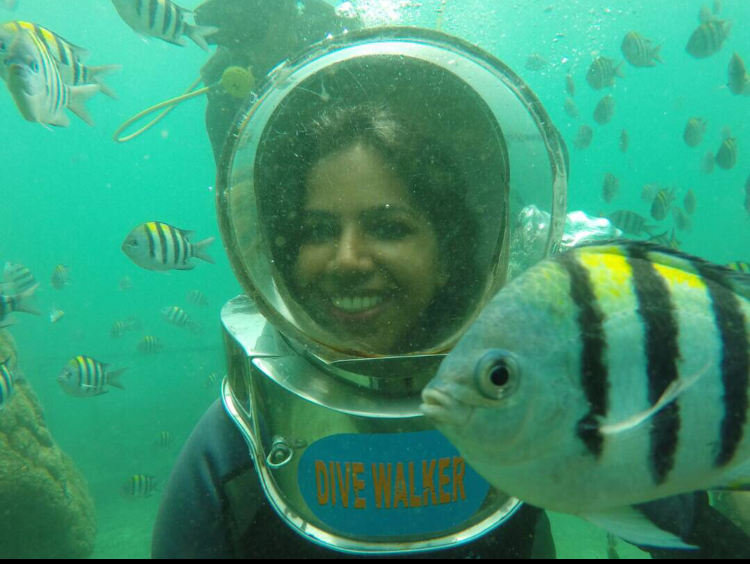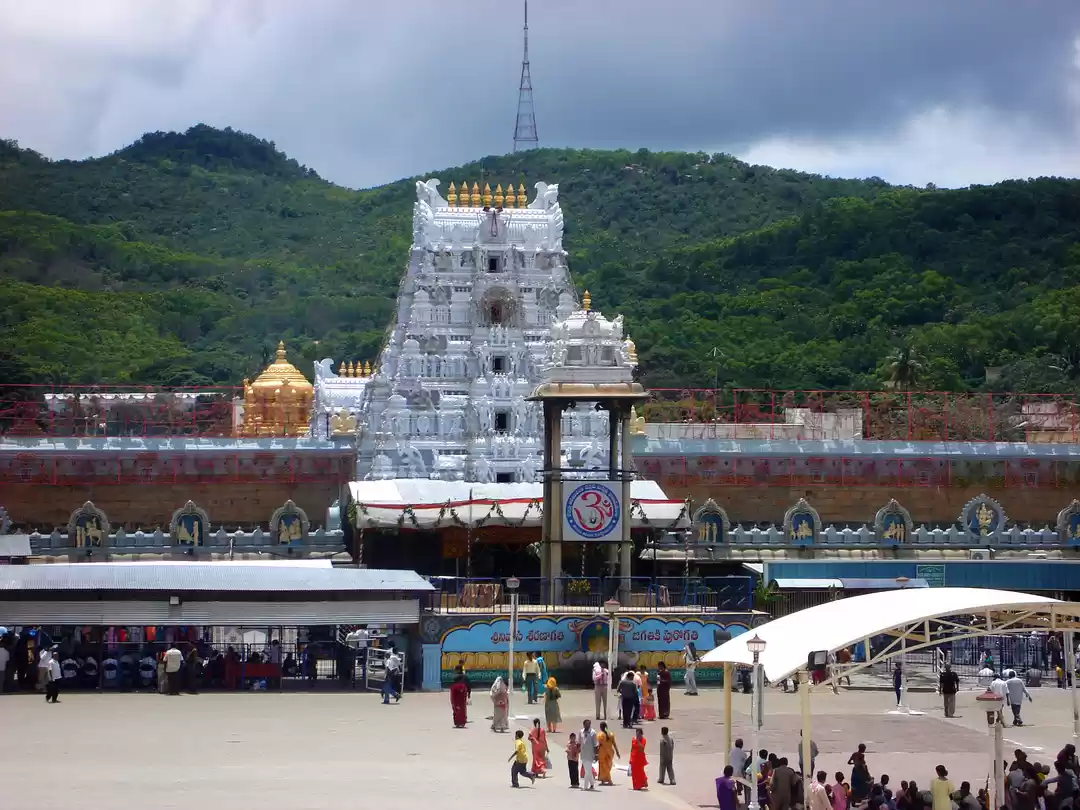Are you looking for a unique and unforgettable experience in Yogyakarta, Indonesia? If so, you should not miss visiting Ratu Boko, a palace complex that dates back to the 8th century and offers a panoramic view of the city and its surroundings. In this article, you will learn everything you need to know about Ratu Boko, from its history and legend to its architecture and significance.
You will also discover the best time and ways to visit this amazing site, as well as the nearby attractions and activities that you can enjoy. Whether you are a history buff, a nature lover, or a culture enthusiast, Ratu Boko will surely captivate you with its beauty and mystery.
History and Legend of Ratu Boko
Ratu Boko, which means "King Boko" in Javanese, is the name given to the palace complex by the locals. However, the original name and the founder of the palace are still unknown. According to some inscriptions found in the site, the palace was built during the reign of Sailendra dynasty, which ruled the region from the 8th to the 9th century. The Sailendra dynasty was also responsible for the construction of other famous monuments, such as Prambanan and Borobudur.
The palace complex covers an area of about 25 hectares, and consists of several structures and features, such as gates, walls, terraces, pools, temples, and caves. The palace was divided into four parts: the center, the west, the southeast, and the east. The center part was the main area, where the royal family and the court resided. The west part was the secondary area, where the servants and the guards lived. The southeast part was the sacred area, where the temples and the shrines were located. The east part was the ceremonial area, where the rituals and the festivals were held.
The palace was not only a residence, but also a fortress and a religious center. The palace was strategically located on a hill, which provided a natural defense and a commanding view of the surroundings. The palace was also a symbol of the cultural and religious diversity and tolerance of the Sailendra dynasty, which embraced both Hinduism and Buddhism. The palace had temples dedicated to both Hindu and Buddhist deities, such as Shiva, Ganesha, Durga, and Buddha.
The palace was abandoned and damaged by natural disasters and human activities over the centuries. The palace was rediscovered and restored by the Dutch colonial government in the 19th and 20th centuries. The palace is now a protected heritage site and a popular tourist attraction.
One of the most intriguing aspects of Ratu Boko is the legend that surrounds it. According to the legend, Ratu Boko was the father of Lara Jonggrang, the princess of Prambanan. Ratu Boko was at war with Bandung Bondowoso, the prince of Pengging, who wanted to marry Lara Jonggrang. Bandung Bondowoso defeated Ratu Boko and took over his palace. He then asked Lara Jonggrang to marry him, but she refused.
She agreed to marry him only if he could build a thousand temples in one night. Bandung Bondowoso accepted the challenge and used his supernatural powers to summon spirits to help him. He almost succeeded, but Lara Jonggrang tricked him by lighting a fire and making the roosters crow, signaling the dawn. Bandung Bondowoso was furious and cursed Lara Jonggrang to become a statue, the last of the thousand temples. The legend explains the origin and the connection between Ratu Boko and Prambanan, which are located about 3 kilometers apart.
Architecture and Significance of Ratu Boko
Ratu Boko is a remarkable example of the ancient Javanese architecture and culture. The palace complex showcases the skill and the creativity of the Sailendra dynasty, as well as the influence of the Indian and the local styles. The palace complex is made of andesite, limestone, and brick, and decorated with carvings and reliefs. The palace complex also reflects the cosmology and the philosophy of the Sailendra dynasty, which integrated the natural and the supernatural realms.

Some of the most notable structures and features of Ratu Boko are:
The Main Gate: The main gate is the entrance to the palace complex, located on the south side. The main gate is a large and imposing structure, with three portals and a staircase. The main gate is adorned with carvings of **kala** heads, which are mythical creatures that represent protection and destruction.
The Pendopo: The pendopo is a large and open hall, located on the center part of the palace complex. The pendopo is believed to be the place where the king and the court held meetings and receptions. The pendopo has a rectangular shape and a raised floor, supported by stone pillars. The pendopo also has a beautiful view of the valley and the mountains.
The Candi Pembakaran: The candi pembakaran is a temple, located on the southeast part of the palace complex. The candi pembakaran is believed to be the place where the cremation ceremonies of the royal family and the nobility took place. The candi pembakaran has a square shape and a pyramidal roof, with a chamber and a niche inside. The candi pembakaran also has a stone altar and a pool in front of it.
The Batu Putih: The batu putih is a white stone, located on the east part of the palace complex. The batu putih is believed to be the place where the king and the court observed the astronomical phenomena and the calendar. The batu putih has a circular shape and a flat surface, with a hole and a groove on it. The batu putih also has a stunning view of the sunrise and the sunset.
Scenery and Attraction of Ratu Boko
Ratu Boko is not only a historical and cultural site, but also a scenic and attractive site. The palace complex offers a breathtaking view of Yogyakarta and its surroundings, especially during the golden hour. The palace complex is surrounded by lush greenery and colorful flowers, creating a contrast with the ancient stones. The palace complex is also home to various animals and birds, such as monkeys, deer, eagles, and peacocks.

The best time to visit Ratu Boko is in the early morning or in the late afternoon, when the temperature is cooler and the light is softer. You can also catch the sunrise or the sunset from the palace complex, which is a magical and memorable experience. You can also enjoy the night view of the palace complex, which is illuminated by lights and candles.
There are many ways to visit Ratu Boko, depending on your preference and budget. You can take a public bus, a taxi, a motorcycle, or a bicycle from Yogyakarta to the palace complex, which takes about 30 to 60 minutes. You can also join a guided tour, which includes transportation, entrance fee, and explanation. You can also rent a car or a scooter, which gives you more flexibility and convenience.
The entrance fee to Ratu Boko is 25,000 rupiah for domestic visitors and 325,000 rupiah for foreign visitors, which includes a welcome drink and a snack. The opening hours of Ratu Boko are from 6 a.m. to 5 p.m. daily, except on Mondays, when it closes at 4 p.m. You can also buy a combined ticket, which includes Ratu Boko and Prambanan, for 40,000 rupiah for domestic visitors and 540,000 rupiah for foreign visitors.
Ratu Boko is not the only attraction that you can enjoy in the area. There are many other attractions and activities that you can explore, such as:
Prambanan: Prambanan is a complex of Hindu temples, located about 3 kilometers from Ratu Boko. Prambanan is the largest and the most beautiful Hindu temple in Indonesia, dedicated to the Trimurti, the three main gods of Hinduism: Brahma, Vishnu, and Shiva. Prambanan is also a UNESCO World Heritage Site and a national icon of Indonesia.
Borobudur: Borobudur is a complex of Buddhist temples, located about 40 kilometers from Ratu Boko. Borobudur is the largest and the most magnificent Buddhist temple in the world, representing the Mandala, the cosmic diagram of the universe. Borobudur is also a UNESCO World Heritage Site and a national treasure of Indonesia.
Merapi: Merapi is a volcano, located about 30 kilometers from Ratu Boko. Merapi is one of the most active and the most dangerous volcanoes in the world, erupting regularly and violently. Merapi is also a sacred and a revered mountain, believed to be the abode of the Sultan of Fire. You can hike, bike, or jeep around Merapi, and witness its power and beauty.
Ratu Boko is a majestic palace with a mysterious history, located in Yogyakarta, Indonesia. Ratu Boko is a must-visit destination for anyone who wants to experience the ancient and the modern, the natural and the cultural, and the ordinary and the extraordinary. Ratu Boko will surely leave you in awe and wonder, and make you fall in love with Yogyakarta.
























